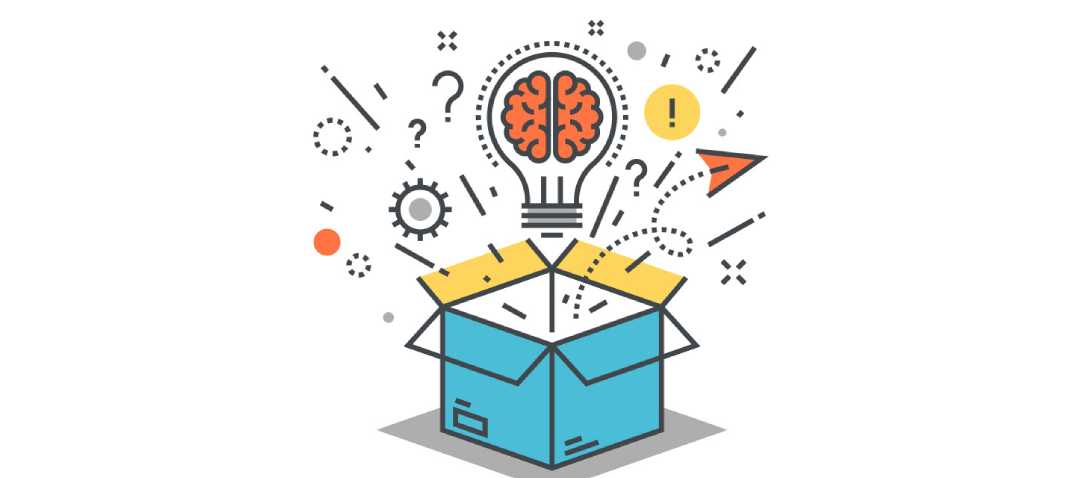We are born with an intuitive mind and always want to explore new possibilities. A limitless imagination took us to the moon. Again, the iPhone and electric cars are the most magnificent examples of disruptive innovations. These products are part of our lives today because of a few technology enthusiasts and their limitless imagination, though they knew that there would be a very few early adopters of their product or idea.
Today’s innovative companies have one thing in common. They drive and motivate individuals to go beyond – to pursue innovation, confront constraints and look out for opportunities, not perfection.
In the complex and hyper-competitive business environment, whether you are selling services or your innovative product, you have to understand the real rational need of customers, their emotions, and connect with them to solve their problems. This is where the human-centered Design Thinking approach comes into play.
To move from sustainable innovation to disruptive innovation, we need to understand a critical aspect that emotions have a profound influence on a customer’s buying or product usage behaviors and trends. The emotional aspect has a far bigger influence on decision making compared to logic or reasoning. When the business objective is growth and decision makers are human beings, we cannot solve a problem only by using a set of analytical tools – we need to instill a design thinking culture to include the customer/user as the central focus for any problem-solving or innovation journey.

